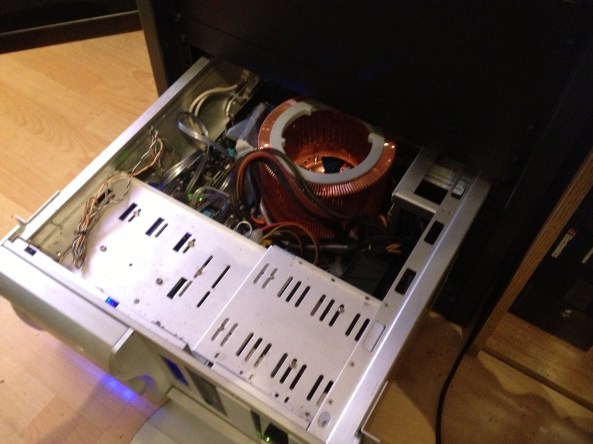Mar 3 2016
Black Helicopters – Diagonal Science LP
Really proud to have worked on this marvellous record by Mancunian enigma Black Helicopters.
https://www.facebook.com/blackhelicoptersmcr/?fref=ts
Mostly recorded by the band themselves, and mainly a mix / master job for me. I recorded live drums on about half the tracks with percussive man-machine Luca Corda from local noise legends Locean, and I think we re-tracked a couple of small vocal parts.
Couldn’t be happier with how it’s turned out. Thing sounds like it’s carved out of diamonds.















 My Twitter
My Twitter The Box on Facebook
The Box on Facebook My LinkedIn page
My LinkedIn page The Box on Google+
The Box on Google+